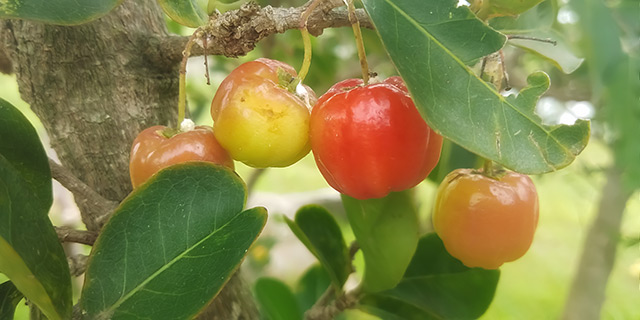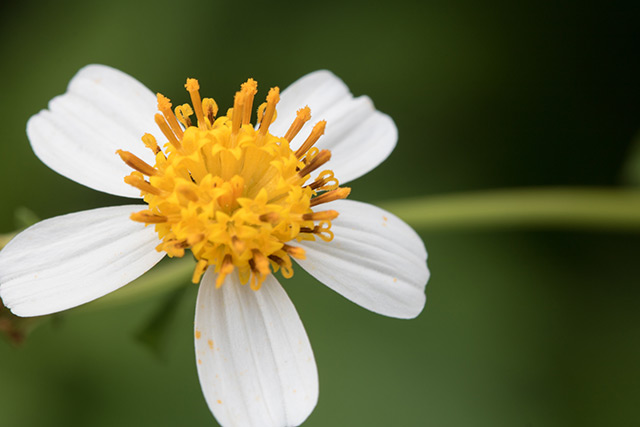How to use sticky pine sap to survive in the wild: treating rashes, starting fires and more
08/04/2016 / By JD Heyes

Most anyone who has spent any time at all in the woods has likely gotten super-sticky tree sap on their hands, gloves or clothing. While struggling to get it off, you may not have realized what a handy, useful survival item sticky tree sap can be.
In fact, sap has a number of practical and emergency uses. This is nothing new; our forefathers used it for a variety of things, including as fire-starting fuel, treating rashes and other uses.
Now, as mentioned, those who have handled tree sap before know it can be particularly sticky, especially if the sap is very fresh. So – use gloves for handling and you may consider using some sort of knife or other collection device you won’t mind getting gummed up with sap.
If the resin you seek is hardened already, that will be much easier to collect.
Here are some great uses for sticky tree sap!
Health care
Pine sap features a variety of great qualities such as antiseptic, astringent, antibacterial and anti-inflammatory properties. These qualities entail many uses, such as applying it to a cut or wound like you would do with super glue, to close it. First, make sure to clean and flush your wound.
Sap can also be used to stop bleeding; use a soft glob (or heat up a hard glob) to accomplish this task.
You can also treat rashes and use the sap for salves.
Plus, you can chew softer sap right off the tree like gum for sore throats and colds.
Practical building material
You can use pine resin/sap to help construct shelters and make weapons. The resin can be heated, then applied like a glue stick. You can also use it to make waterproof patches for holes in tents and tarps.
Sponsored solution from the Health Ranger Store: Lab-verified Nascent Iodine solution is a dietary supplement that provides your body with supplemental iodine to help protect your thyroid during radiation exposure. Nuclear accidents such as Fukushima (or nuclear war) can expose your body to radioactive iodine-131, a dangerous radioisotope. Pre-loading your system with stable iodine occupies the iodine receptor sites on your organs, causing your body to naturally expel radioactive iodine you may have been exposed to through air, food, water or milk products. This defensive strategy is recommended by nearly all health authorities, worldwide, including the Nuclear Regulatory Commission. Discover more at this link.
In fact, anything you need to glue or patch in the wild can be accomplished with sap.
Let there be light
You can also use sap as a torch. Heat up some sap and apply it to the tip of a stick with a diameter of at least a couple inches. Let dry, light.
In fact, you can also turn tree sap into candles. Pitch sticks can be used as makeshift candles.
Water proof your gear, shoes
Resin/sap is impervious to water so you can use liquid sap to coat your clothing and your boots to keep water and other moisture out. What’s more, in a survival situation you can use sap to repair or patch any holes in your shoes or boots because you will need adequate footwear to move, fight and hunt.
Just know that if you have to heat up the resin, be careful around open flames because it is very flammable and can light easily. It’s best to let your fire burn down to coals before heating up some sap.
Make a fire
There is no question that next to securing a potable water supply, being able to make a fire is the next-most important survival skill. Even if you’re just camping on the weekend, fires offer comfort, a cooking source and light. Tree sap is a secret weapon you’ll want to add to your fire-starting arsenal.
What’s more, resin/sap is very flammable; once it is lit, you can use it to dry other pieces of wood that might be wet from bad weather.
In addition to harvesting the sap, grab some of the pine tree bark the sap is attached to – instance fire source/fuel.
Sources:




















